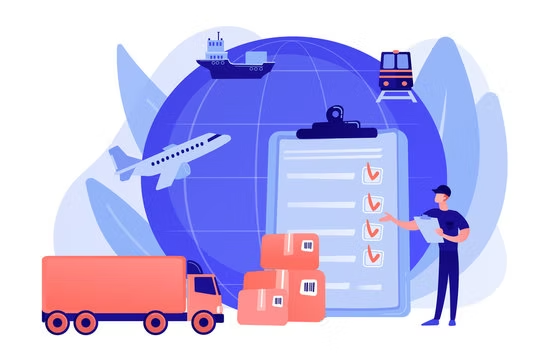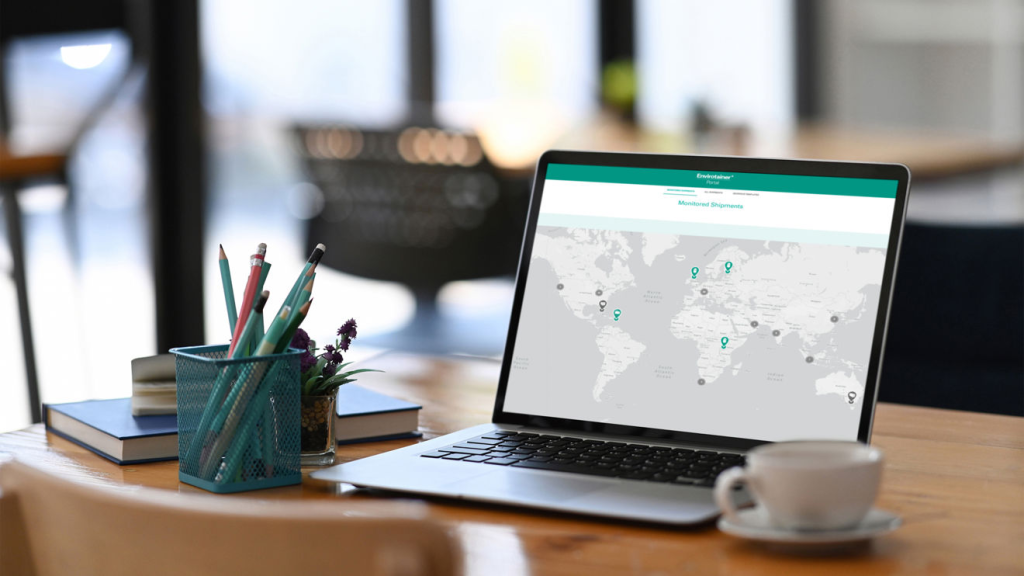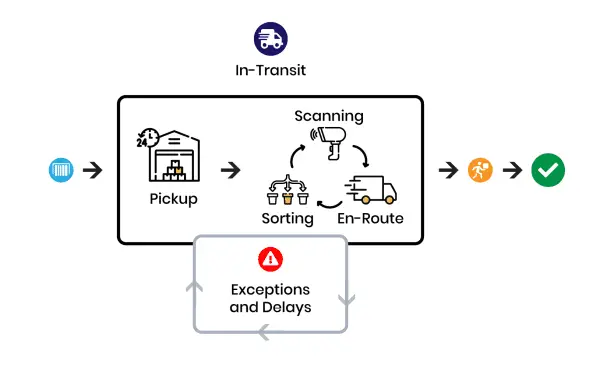How Real-Time Visibility Reduces Shipment Delays
Shipment delays remain one of the most persistent challenges for businesses managing global shipping, especially Direct-to-Consumer (DTC) brands expanding through Shopify, WooCommerce, Kickstarter, and other platforms. For customers, delays mean frustration and reduced trust. For businesses, they lead to increased support costs, operational inefficiencies, and potential loss of repeat sales. One proven strategy to mitigate these issues is real-time visibility across the fulfilment and logistics chain.

Why Shipment Delays Happen
Before understanding how real-time visibility addresses delays, it is crucial to examine common causes:
- Lack of inventory visibility: Without clear insight into inventory across multiple 3PL warehouse services, orders may be accepted without available stock, leading to dispatch delays.
- Inefficient routing: Suboptimal carrier selection or missing address validation leads to failed deliveries or re-routing.
- Customs clearance issues: Inaccurate or incomplete documentation can cause shipments to be held at borders for extended periods.

- Fragmented tracking data: Multiple carriers and shipping methods without integrated tracking make it challenging to identify bottlenecks quickly.
- Returns mismanagement: Poorly managed returns slow down the cycle of inventory availability, affecting fulfilment speed.
These issues are amplified for brands with complex logistics models involving dropshipping, 3PL, or 4PL partners across different markets.
The Role of Real-Time Visibility
Real-time visibility refers to continuous, integrated access to shipment status, inventory levels, routing, and fulfillment data across the supply chain. It empowers operations teams to:
- Monitor shipments proactively

- Identify and resolve bottlenecks before they cause delays
- Communicate accurate delivery times to customers
- Optimise inventory allocation across locations
Key Ways Real-Time Visibility Reduces Shipment Delays
1. Enhanced Inventory Management
Inventory levels are often siloed across systems for DTC brands with multiple fulfilment models, such as dropshipping and 3PL warehouse services. Real-time visibility consolidates inventory data, preventing overselling and stockouts. When orders are automatically routed to the location with optimal stock levels and proximity to the customer, dispatch speed increases significantly.

Platforms like PostalParcel integrate multi-warehouse inventory tracking within their fulfilment modules, ensuring brands have a unified view of their global stock position.
2. Accurate Carrier Selection and Routing
Integrated real-time tracking solutions allow logistics teams to select carriers based on current network conditions rather than static assumptions. For example:
- Postal operators like Royal Mail or USPS are ideal for specific parcel sizes and regions.

- Commercial couriers such as Evri (UK), CTT (Portugal), or FAN (Romania) offer specialised services for specific markets.

By leveraging route tracking data, brands can optimise carrier allocation to minimise transit time.
3. Address Validation Before Dispatch
Failed deliveries due to incorrect addresses are a hidden cause of shipment delays and increased costs. Real-time address validation (address validation) solutions check receiver data against official address libraries before label printing, ensuring parcels reach the correct destination without unnecessary re-routing.

PostalParcel integrates address validation into its shipping workflow, reducing delivery failures that lead to returns or delays.
4. Real-Time Tracking Across Multiple Carriers
Fragmented tracking data is a common challenge for brands using multiple carriers across different regions. Without centralised tracking, identifying where delays occur becomes guesswork. Real-time tracking platforms consolidate status updates from postal operators and commercial couriers, enabling operations teams to:
- Monitor delays by route and carrier

- Notify customers proactively about changes in delivery timelines
- Coordinate with carriers to resolve issues quickly
PostalParcel offers multi-carrier tracking integration, creating a single dashboard view of all shipments regardless of the carrier.
5. Proactive Customs Management
Customs clearance is a frequent source of delays in global shipping. Real-time visibility into shipment status and documentation readiness helps businesses anticipate clearance issues. Integrated systems ensure product codes, invoices, and declarations are correct and submitted promptly, reducing border hold-ups.

Platforms combining fulfilment and shipping data in real time empower brands to stay compliant while avoiding unexpected customs delays.
6. Streamlined Returns Processing
Returns, an unavoidable part of DTC operations, often take days to process and restock, delaying item availability for new orders. Real-time visibility into return shipments allows brands to:
- Update inventory promptly
- Identify patterns of returns by product or region
- Optimise reverse logistics to reduce costs and processing time

PostalParcel includes returns management workflows integrated with fulfilment data, enabling fast restocking and operational efficiency.
Technology Enablers of Real-Time Visibility
Key technologies facilitating real-time visibility include:
- Tracking APIs: Aggregate carrier updates into standardised formats for dashboards and alerts.
- Out of Home (ooh) integration: Incorporates parcel shops and automated parcel machines (APMs) into delivery options, increasing first-attempt success rates.

- Data integration tools: Link order management systems, fulfilment platforms, and carrier data into cohesive workflows.
PostalParcel: Empowering Visibility-Driven Operations
Many brands using Shopify, WooCommerce, or Kickstarter seek fulfillment partners that go beyond standard shipping. PostalParcel combines global shipping, multi-carrier tracking, address validation, and returns workflows into a unified platform. Features include:
- Inventory tracking across multiple fulfilment centres
- Integrated shipping label generation and carrier routing
- Real-time route tracking with proactive delay notifications
- Returns management connected to inventory updates.
By partnering with visibility-focused platforms like PostalParcel, brands reduce shipment delays while enhancing customer satisfaction and operational performance.
Conclusion
Real-time visibility is essential for reducing shipment delays in global commerce. It equips brands with proactive insights to optimise inventory, choose optimal carriers, validate addresses, and manage customs efficiently. For DTC brands competing in fast-paced markets, investing in visibility-driven fulfilment platforms such as PostalParcel creates a competitive edge by ensuring on-time delivery and exceptional customer experiences.
Industry Insights
news via inbox
Nulla turp dis cursus. Integer liberos euismod pretium faucibua








